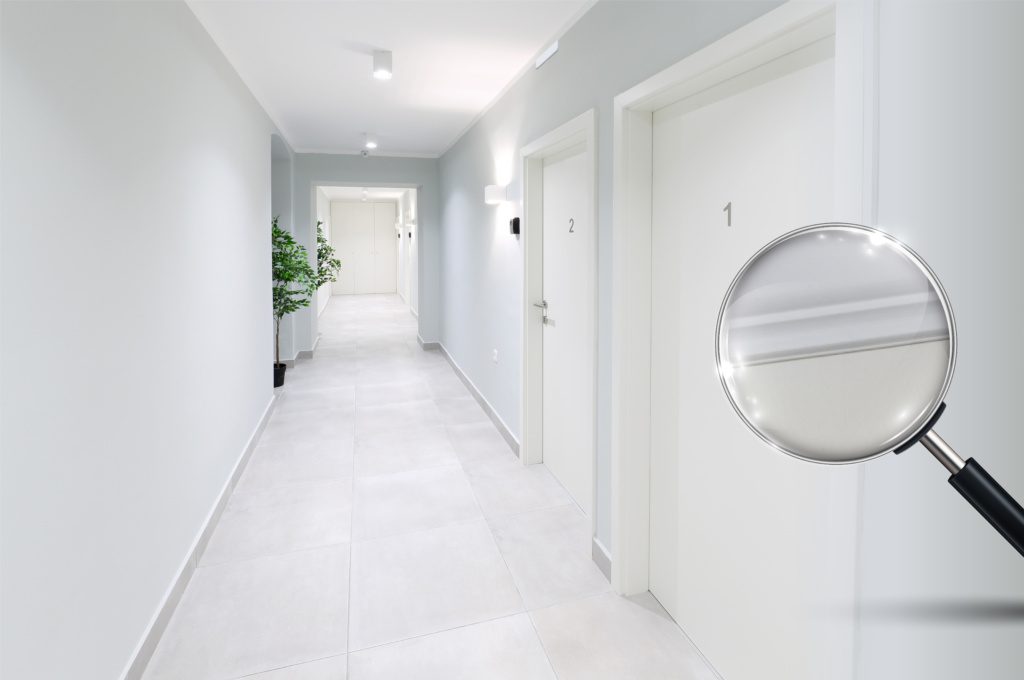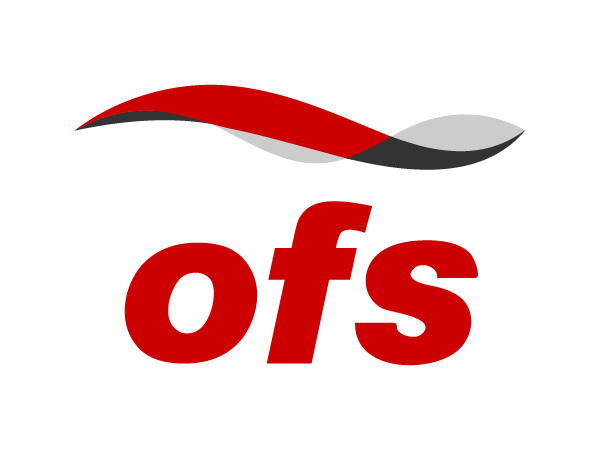Transcript:
Hi, I’m Mark Boxer, Technical Manager with OFS, and here’s what’s new in my world.
The first waves of fiber deployments were focused on single family homes and for good reason. There wasn’t as much demand for bandwidth and MDU or multi dwelling units and 15 to 20 years ago we just really didn’t have the same products that are now routinely used in MDUs. You know MDUs 15-20 years ago were some expensive science projects. So much has changed and it really can now make sense to do MDUs first.
So, first, broadband demand rises in single family homes and MDUs, and the commercial and regulatory environments are also changing. And very importantly the industry has responded with new products and installation methods that dramatically simplify the installation process and then to use. So as an industry we’ve learned that fiber installations and MDUs need to be fast, easy, and not visible – to preserve the building decor. The fiber also needs to be able to withstand the many bends of an apartment. InvisiLight Solutions enable these types of installations.
We’ve also discovered that with these tools, fiber installations for MDUs really have now flipped the script so these solutions are fast. They’re easy and inexpensive to install, meaning these installations can also be very profitable for network operators to deploy.
At a time when outside plant cable lead times may be long, indoor fiber products may have shorter lead times, which means that service could be turned up more quickly. We’ve also discovered that with these tools, the products can be installed with the minimal amount of training. A crew can be up and running within minutes to hours. Or, as we’ve heard people say before, on Thursday he’s a taxi driver, on Friday he’s an InvisiLight installer.

It can make sense for a service provider to consider MDUs first. So, let’s take a closer look. The Ultra bend insensitive fiber standard that’s used in these builds is G.657B3 and the OFS brand name for this fiber type is EZ-Bend fiber. You can bunch it up and tie it into knots. You can run into very tight angles and staple it with little added loss.
Many MDUs have lots of bends, and if you use a typical outside plant cable to do what I just did with the knot, then that would turn out the lights. However, we routinely deploy EZ-Bend and InvisiLight in environments with dozens of 90-degree angles, with no issues.
So, I was on a MDU build a couple of weeks ago where we went through forty-five 90-degree angles, two splices, and two connectors. The result was a loss of less than half a DB from the splitter to the ONT, and frankly that’s impressive.
The term InvisiLight is a nod to the light that goes into the fiber and the fact that it’s also almost invisible to the resident. Out of sight, out of mind. These products are deployed in minutes.
Deploying to MDUs can be fast and inexpensive to deploy, inconspicuous with low optical loss, and reasonably available supply chain. When you add these benefits together, it’s worth considering MDUs first. That’s what’s new in my world.
Visit our step-by-step Invisilight MDU/ILU product configurator for starting a Bill of Materials for your building.
This configurator is designed for buildings with riser spaces and indoor hallways. Additional options are available.
Tags: broadband, FTTx, internet, optical fiber


Comments are closed